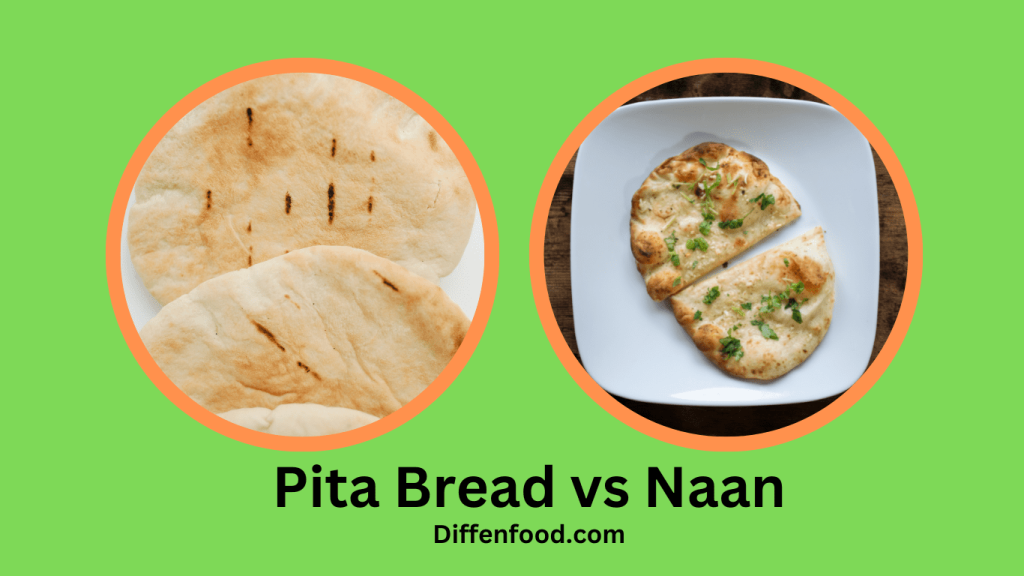
Do you ever find yourself in the produce section of the supermarket, looking at the vast array of fruits and vegetables, and wondering which one to pick? Well, if you have ever found yourself in such a situation, you are certainly not alone. Two of the most popular fruits in the selection are the rambutan and lychee.
Both these fruits are delicious, and are widely consumed across the globe. But what sets these two apart? Is there a difference between them? In this blog post, we will attempt to answer these questions, as well as provide a comprehensive guide on rambutan vs lychee.
What is Rambutan?
Rambutan is a tropical fruit native to Southeast Asia and is closely related to other tropical fruits such as the lychee, longan, and mamoncillo. It is a round fruit, measuring approximately 2-3cm in diameter, and has a very distinctive appearance, with its bright red skin covered in soft, spiky hair. Its flesh is sweet and juicy, with a slightly acidic taste.
What is Lychee?
Lychee is a tropical fruit native to southern China and is closely related to other tropical fruits such as the rambutan, longan, and mamoncillo. It is a round fruit measuring approximately 2-3cm in diameter and has a very distinctive appearance, with its bright red skin and white flesh. Its flesh is sweet and juicy, with a slightly acidic taste.
Nutritional Content of Rambutan vs Lychee
When it comes to the nutritional content of both fruits, they are quite similar. Both rambutan and lychee contain a good amount of vitamin C, potassium, and dietary fiber. Rambutan, however, contains slightly more vitamin C per 100g than lychee. Both fruits are also low in calories and fat.
Taste and Texture
Rambutan has a sweet and juicy taste, with a slightly acidic undertone and a firm texture. Lychee, however, has a sweeter taste and a softer texture. Rambutan’s texture is a bit firmer than that of lychee.
Health Benefits
Both rambutan and lychee have a variety of health benefits, such as providing a good source of antioxidants, helping to reduce inflammation, and boosting the immune system. They are also both low in calories and fat, making them a great snack for those who are watching their weight.
How to Select Rambutan vs Lychee
When selecting rambutan or lychee, always look for fruits that have a bright, vibrant color and are free from bruising or blemishes on their skin. Both fruits should also have a pleasant aroma.
How to Store Rambutan vs Lychee
Rambutan and lychee should be stored in a cool, dry place, such as the refrigerator, and should be consumed within a few days of purchasing.
How to Prepare Rambutan vs Lychee
Rambutan and lychee can be eaten raw or cooked. If eating them raw, it is best to peel the skin off first before consuming the flesh. If cooking them, they can be added to salads, stir-fries, or desserts.
Conclusion
Rambutan and lychee are both delicious and nutritious fruits that are widely consumed around the world. While they do have some similarities, such as their nutritional content and taste, they also have some differences, such as their texture and how they should be stored. Ultimately, the choice between rambutan vs lychee is a matter of personal preference.


